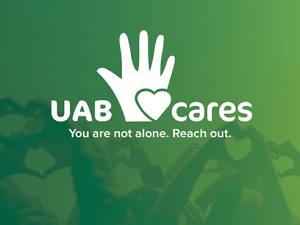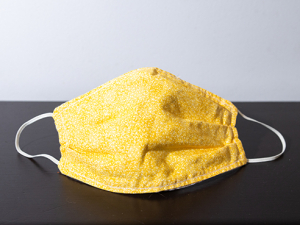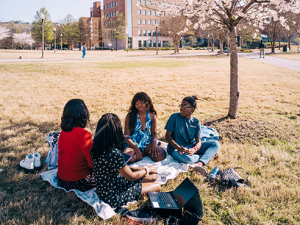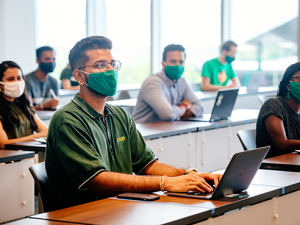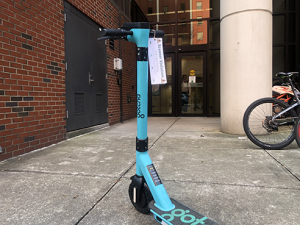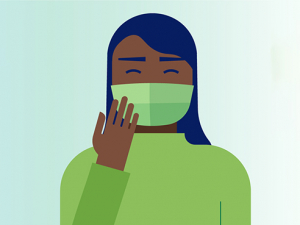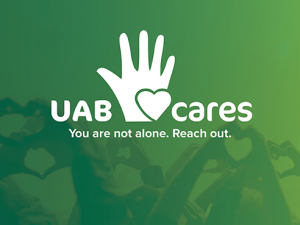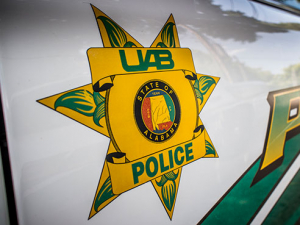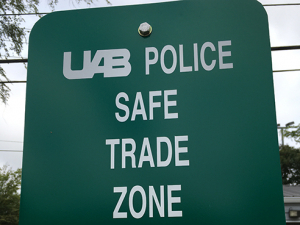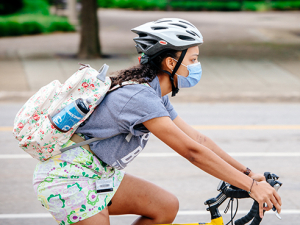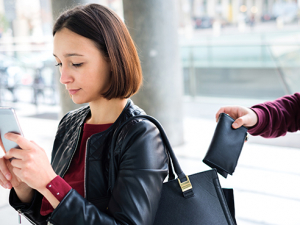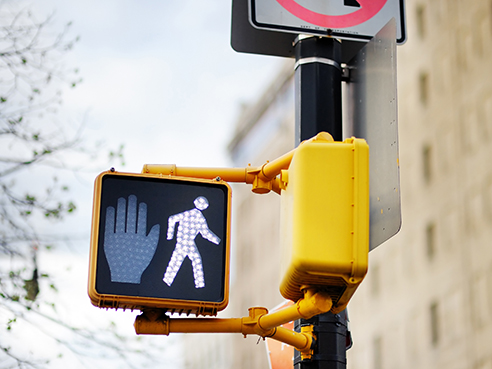 During this global stay-at-home approach the COVID-19 pandemic, it’s important to get outside if you can, says Wellness Specialist Riley Thornton. To get some Vitamin D, which is essential for strong bones because it helps the body use calcium, Thornton recommends a solo walk, run or bike ride around your neighborhood or try a new sport or activity in the yard or local park if you are at home with family members.
During this global stay-at-home approach the COVID-19 pandemic, it’s important to get outside if you can, says Wellness Specialist Riley Thornton. To get some Vitamin D, which is essential for strong bones because it helps the body use calcium, Thornton recommends a solo walk, run or bike ride around your neighborhood or try a new sport or activity in the yard or local park if you are at home with family members.
“Being outside is a great way to incorporate physical activity while relieving stress and get Vitamin D if you don’t already through diet alone,” she said.
As you step outside for those walks — wearing a face mask and practicing good social distancing to help prevent the spread of the novel coronavirus — be sure to observe safe pedestrian practices.
In March 2018, the Insurance Institute for Highway Safety released a report showing that pedestrian fatalities have risen 46 percent since 2009, with nearly 6,000 people struck and killed by vehicles in 2016 alone. Birmingham is no exception to that rule: In a 2014 report of cities where people walking are more likely to be killed by vehicles, Smart Growth America and the National Complete Streets Coalition ranked the Birmingham-Hoover metropolitan area sixth.
These four tips can improve your safety:
Don’t jaywalk — crosswalk instead.
In 2016, more than 4,200 jaywalking pedestrians were killed by vehicles, and more than 37,000 jaywalkers were injured, according to the National Highway Traffic Safety Administration.
David Schwebel, Ph.D., associate dean in the College of Arts and Sciences and professor of Psychology, studies pedestrian behavior and explains that walking is just like driving — laws need to be followed for safety reasons.
“Drivers wouldn’t run a red light or dart their vehicles into an intersection when traffic is coming the other way, so why do some pedestrians feel that is OK?” Schwebel asked. “When you jaywalk, you are openly and blatantly breaking the law, which you don’t usually do when driving near intersections, but many pedestrians feel it’s justified.”
Plus, in Birmingham, it’s against city ordinance to cross a street anywhere but a crosswalk; jaywalkers can receive a fine and have to pay court costs to contest it.
Keep your head up and your phone down.
According to the Consumer Product Safety Commission, nearly 5,000 people were injured when walking and using a cellphone or electronic device in 2013. Distracting yourself while walking can cause trips and falls for the distracted walker and other pedestrians.
Schwebel said his research has shown that using the phone while walking significantly increases your risk of injury.
“If you’re on the phone, text-messaging, browsing the internet or listening to music, our research shows that activity greatly increases your risk of being hit by a car,” Schwebel said. “Walking actually involves a fair amount of complex thinking. Our brain has to work hard to make sure we walk safely, especially near traffic. Our brain also has to work hard to text-message. It has to think about what you’re reading, how to respond, how to type. Brains can handle only so much. If we give the brain too much to do, mistakes can happen.”
Stick to the sidewalk.
Use a sidewalk when at all possible; if for some reason a sidewalk isn’t available, AAA recommends walking on the far side of the road facing traffic to help increase your visibility to drivers.
“During dusk or dawn and times of reduced visibility, it becomes more difficult for drivers to detect pedestrians,” said James Granade, captain in the UAB Police and Public Safety Department, which coordinates a pedestrian safety-awareness program. “Using sidewalks, wearing reflective, light-colored clothing and traveling free of distractions are imperative.”
Be visible.
Pedestrians should always assume that drivers are not paying attention, and ensuring drivers see you is one of the most important factors in staying safe. At nighttime, pedestrians should wear reflective or light-colored clothing to alert drivers and stay in well-lit areas. If possible, AAA recommends making eye contact with approaching or stopped drivers to ensure they are aware of your presence.
“Our central goal is to safeguard lives and serve the UAB community,” Granade said. “Together, through attentiveness, awareness and cooperation, we can continue to improve the safety of pedestrians and drivers on the UAB campus.”
Read more:
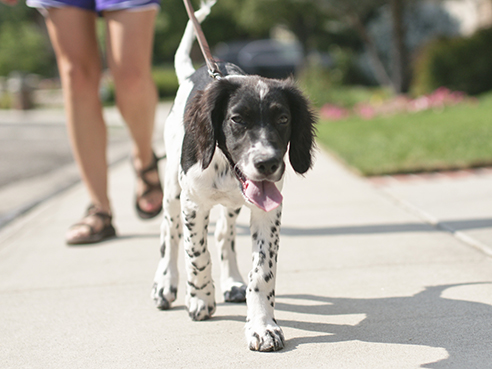
6 ways to stay healthy while keeping your distance
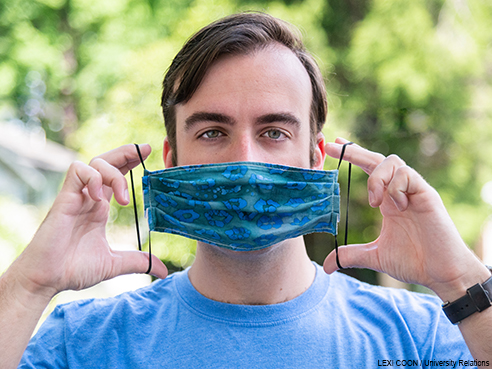
Follow these expert guidelines to ensure you’re covering up correctly
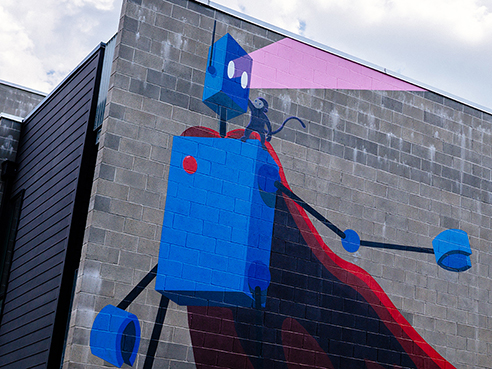


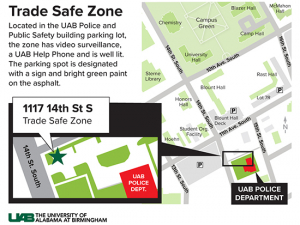
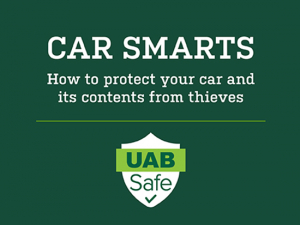

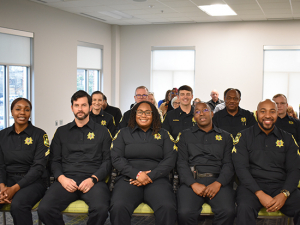

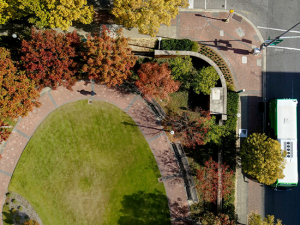
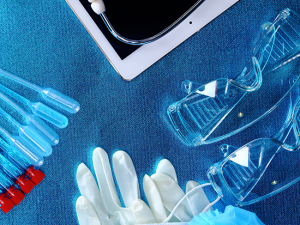
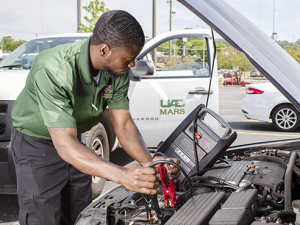
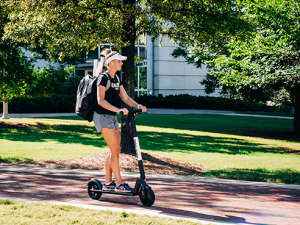


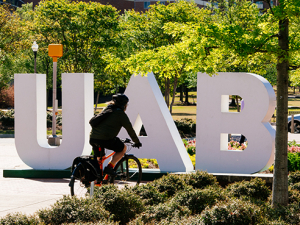
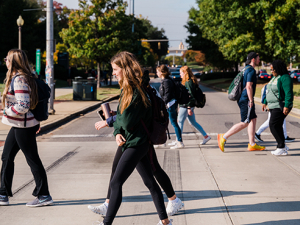
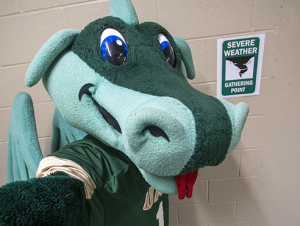
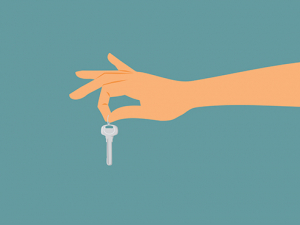
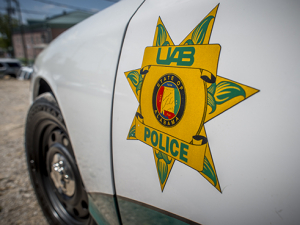

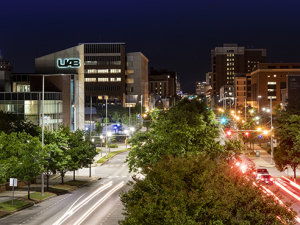
 UAB is committed to fostering a safe and inclusive environment for all Blazers. From mobile apps to bus escort services to B-Alerts and more, make sure you’re up to date on all the ways to stay safer on campus.
UAB is committed to fostering a safe and inclusive environment for all Blazers. From mobile apps to bus escort services to B-Alerts and more, make sure you’re up to date on all the ways to stay safer on campus.